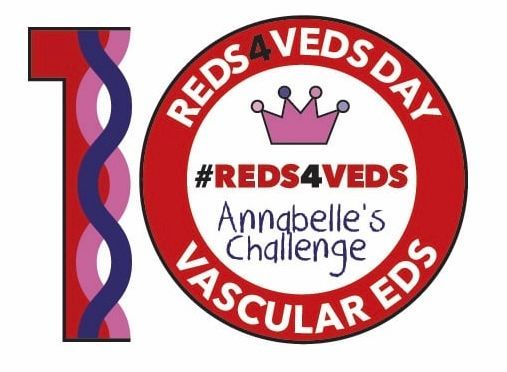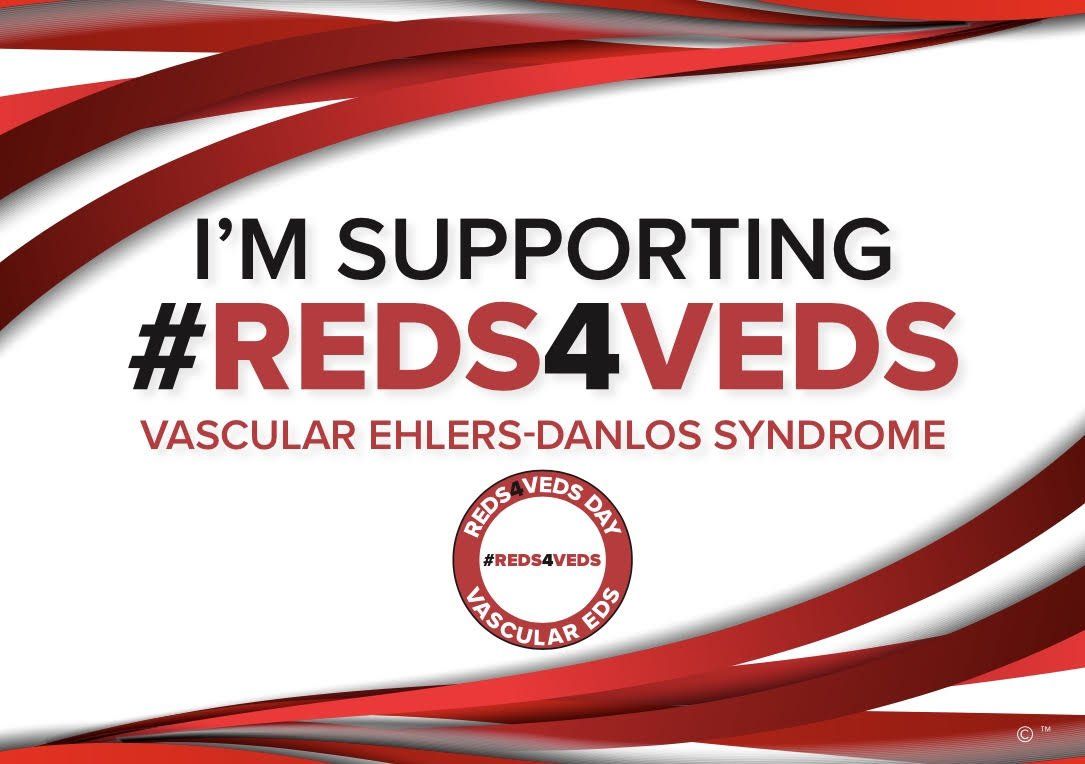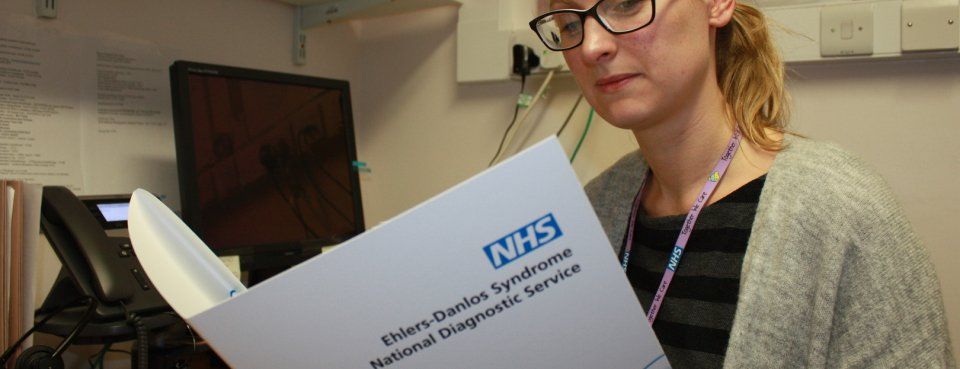Clinical Studies in vEDS
ARCADE Study
Angiotensin II Receptor Blockade in vascular Ehlers Danlos Syndrome (ARCADE)
The primary objective of this study is to determine in patients with molecularly proven vEDS whether an Ang II receptor blocker (Irbesartan), prescribed at an optimally tolerated dose combined with the reference celiprolol treatment, decreases the 24 months rate of both asymptomatic and symptomatic cardiovascular events when compared to placebo.This is an ongoing research trial in France sponsored by Assistance Publique - Hôpitaux de Paris.
All patients on the study are taking the beta-blocker Celiprolol.
Dr Xavier Jeunemaitre and Dr Michael Frank are leading this study looking into how adding another medication, called Irbesartan,
effects patients with Vascular EDS.
Irbesartan is a type of drug called an Angiotensin II Receptor Blocker (ARB)
Angiotensin is a chemical made in our body. One of its jobs is to 'constrict' (narrow) your blood vessels. They block the chemical Angiotensin II. The result is that your blood vessels stay more dilated (open), your blood pressure is lowered, and there is less strain on your blood vessels.
Patients of both sexes aged 18 to 70 years with molecularly proven vEDS, not in an acute phase of the disease, with no contra-indication for taking an Ang II blocker are being recruited for this trial.
Aims of the study
This study aims to verify the hypothesis that patients with vascular Ehlers-Danlos syndrome (vEDS) should benefit of the blockade of angiotensin (Ang) II noxious effects on their vasculature affected by a defect in type III collagen in addition to the effects celiprolol. This randomized, double blind, placebo controlled trial compares the administration of the Ang II type I receptor blocker (ARB) Irbesartan to placebo over a 2-year period in vEDS patients with the main objective to reduce the incidence of both symptomatic and asymptomatic vascular events.
The investigators have previously shown that a treatment with 200-400 mg per day of celiprolol, reduces both fatal and non-fatal vascular events in patients with VEDS. If tolerated, the treatment is now the standard treatment for VEDS. However, despite celiprolol, symptomatic and asymptomatic arterial events continue to occur in VEDS patients. Recent findings suggest a possible deleterious effect of endogenous Angiotensin II on medium size arteries in vEDS patients.
The hypothesis of this study is that the blockade of endogenous Ang II will provide supplemental vascular protection and thus reduce recurrence of arterial events in vEDS patients.
The primary objective of this study is to determine in patients with molecularly proven vEDS, whether an Ang II receptor blocker, prescribed at an optimally tolerated dose combined with the reference celiprolol treatment, decreases the 24 months rate of both asymptomatic and symptomatic cardiovascular (CV) events when compared to placebo.
This trial is phase 3 and completed in April 2020.
BBEST Study
The Beta-Blockers in Ehlers-Danlos Syndrome Treatment (BBEST)
The BBEST Trial was published in 2010 in The Lancet. The study took patients with vascular EDS and split them into two groups:
Group 1: The ‘No Treatment’ group. This is known as a control group, these patients received no treatment during the study, including the use of any other beta-blockers.
Group 2: The ‘Celiprolol’ group. This is known as an experimental group, these patients all received celiprolol as a treatment.
The researchers then followed all of these patients for several years keeping track of adverse events. This included events such as artery rupture, artery dissection (artery tears), intestinal perforations and death. In the end, the study was stopped early after 64 months because of the benefit they saw with Celiprolol treatment.
- Inclusion age 15-65 years. Fulfilling major and minor criteria
- Identified COL3A1 mutation not obligatory
- 53 persons recruited
- Control group (no beta blocker) (n=28), (20 have a COL3A1 mutation)
- 25 allocated to 100-400 mg Celiprolol twice a day
Only 5 of 25 patients in the celiprolol group had a ‘primary endpoint’ recorded, compared to 14 of 28 patients in the No Treatment group. Primary endpoints were the above mentioned adverse events (dissection, artery rupture etc.). In the end, this study suggests that treatment of vascular EDS with celiprolol ‘extends the time to vascular complications compared to those not treated.
It is because of this study that celiprolol is being used as the standard treatment for all patients with vEDS in the UK and across Europe.
Unfortunately this study gives cause for concern as a molecular diagnosis of the COL3A1 mutation was not obligatory to persons recruited to the trial. With so many patients not having a proven genetic diagnosis of vascular EDS, it makes it more difficult to interpret if celiprolol really delays or prevents vascular events in patients with a diagnosis of vascular EDS.
Other researchers supporting celiprolol point to the fact that patients with vascular EDS who were treated with celiprolol still appeared to benefit from a reduction in vascular events.
Animal Models
Currently there are two available mouse models for vascular EDS, both are homozygous or heterozygous nulls which represent only about 5% or less of all known instances of human vascular EDS.
In these models, a very small proportion of the homozygotes survive until birth and then they uniformly develop arterial ruptures and died by about 6 months of age. Hypertension converts an asymptomatic heterozygote to one that develops large arterial rupture.
In one model, use of doxycycline to inhibit matrix metalloproteinases appeared to change the arterial topography but the effect on aortic rupture was unclear. Animal models with missense and splicing mutations are currently under investigation.
We can learn from other genetic conditions that share clinical features with vEDS such as
Marfan syndrome
and
Loeys-Dietz syndrome.
In Marfan mice evidence of increased TGF-beta production was present, TGF beta is a cytokine that is important for cellular signalling (cell communication). This was an important step towards a better understanding of Marfan syndrome and possible new therapeutic options.







